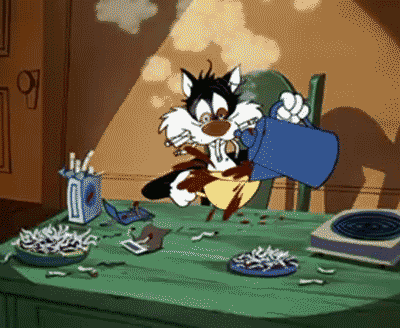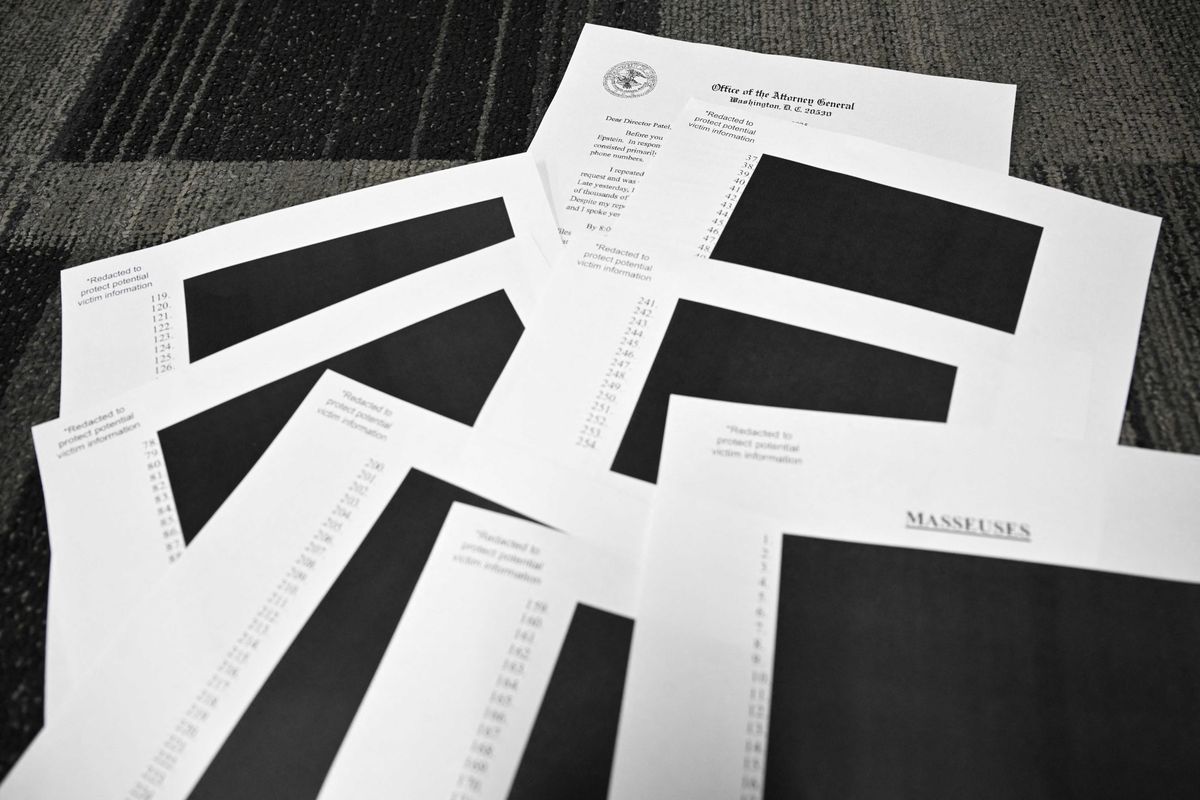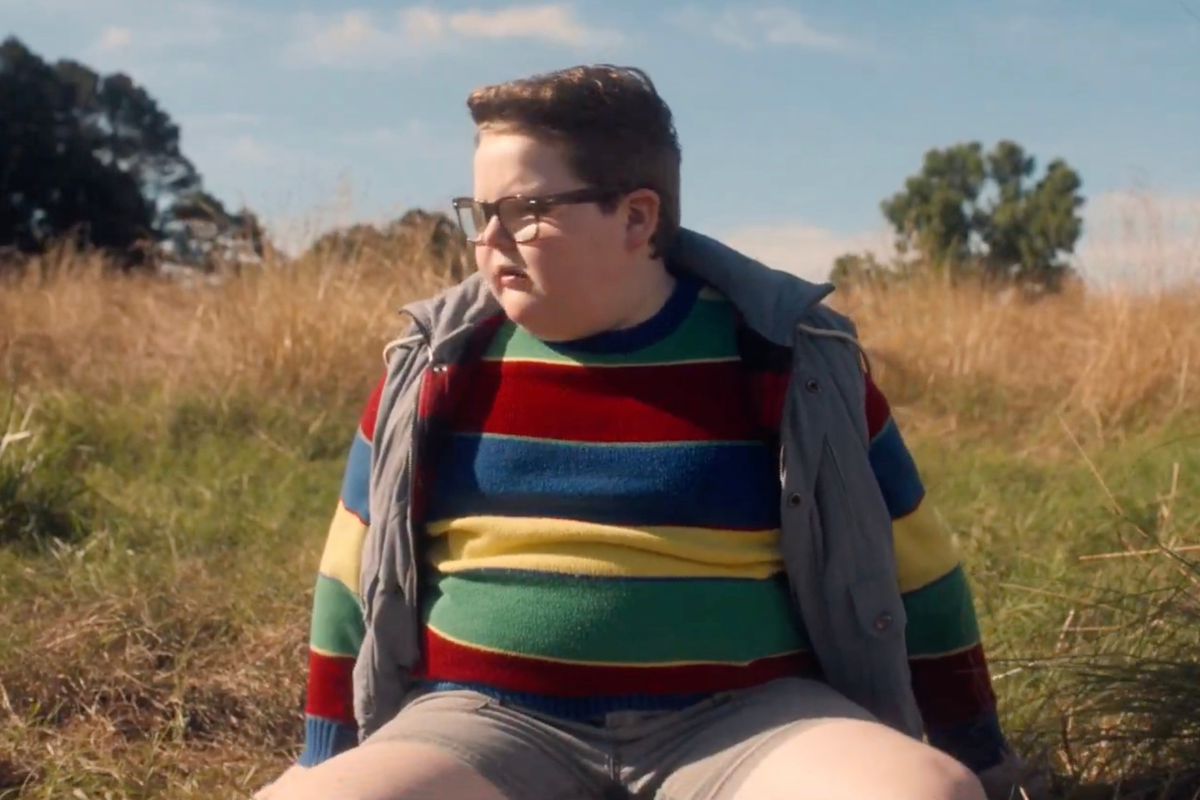News
Jessica Brown
Apr 22, 2017

Picture:
Unsplash
We all have bad habits. At least, we do towards the middle of January when we give up on our New Year's resolutions and they start to creep back in.
But there's a solution. The most effective way to break a bad habit is to use an “if-then” format, according to an expert.
The “if” part of the plan is figuring out what triggers your habit, and the “then” part is deciding what action you can take when that scenario occurs to avoid doing it.
So, “if this happens, then I can do this…”
Peter Gollwitzer, a psychology professor at New York University, wrote for Fortune that numerous studies have found this to be effective.
He writes:
In laboratory experiments, we discovered that these plans make performing the behaviour specified in the “then” part much easier when the critical situation is encountered. The person no longer has to tell herself that she wants to break a bad habit and then try hard to do so.
Rather, encountering the critical situation specified in the “if” part triggers the pre-planned response in a fast, effortless, and incidental manner.
Since the “if-then” plan delegates the initiation of the planned response to the specified critical situation, it is taken out of the hands of the person who – as a consequence – no longer has to play the role of the willful “controller” of her actions. Instead, she now makes a pre-programmed, almost automatic response.
So how do we do it?
You only have to detect the personal critical situations that trigger your bad habits, and you have to identify those behaviours that you can and want to perform instead of the habitual ones.
Easy... Right?
More: The ten bad habits that leave Britons feeling most infuriated
Top 100
The Conversation (0)













